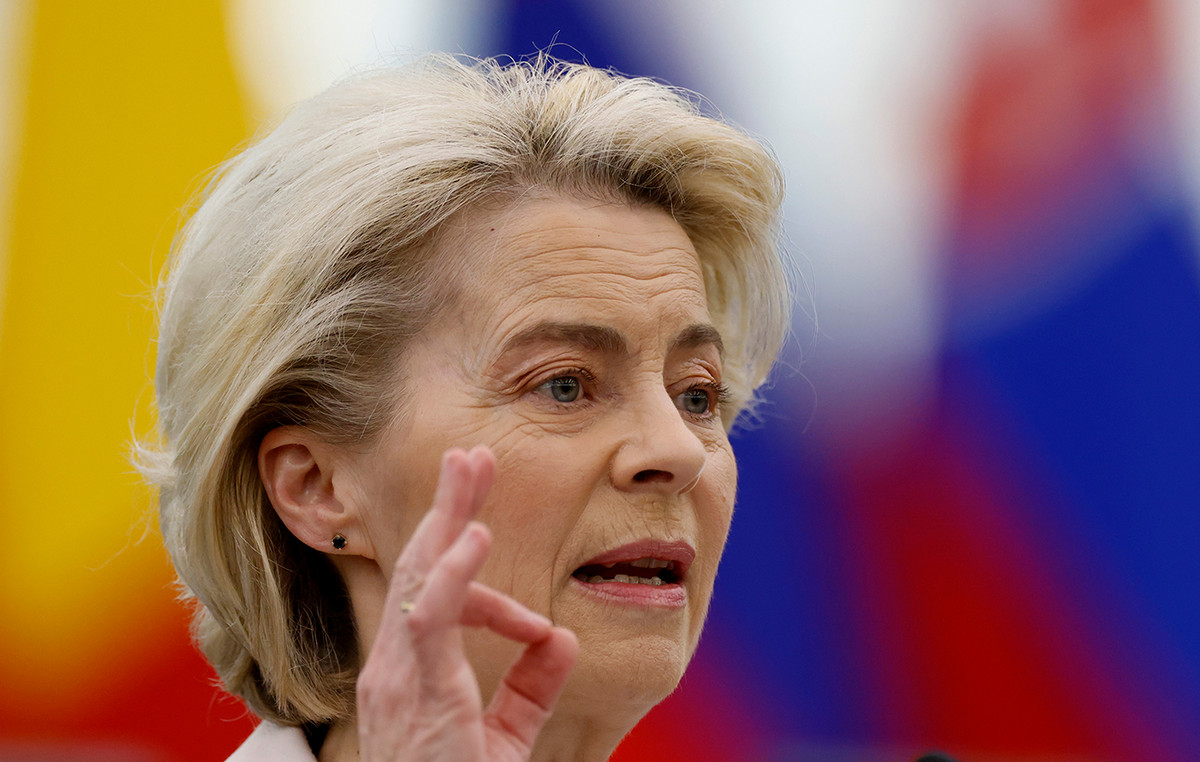One of the most circulating influenza influenza viruses has changed, and current flu vaccines no longer recognize it – an indication that it may not do much to prevent infection, researchers reported on Thursday (16). But they are still likely to prevent severe cases of the disease.
“From our laboratory studies, it looks like a big mismatch,” said Scott Hensley, a professor of microbiology at the University of Pennsylvania who led the study, to CNN.
That’s bad news for the vaccine, he said. Influenza vaccines protect against four different strains of influenza: H3N2, H1N1 and two strains of Influenza B.
Professor Hensley’s study focuses only on H3N2, but this is precisely the main circulating strain.
The vaccine’s incompatibility may help explain a flu outbreak at the University of Michigan last month, which affected more than 700 people.
More than 26% of those who tested positive were vaccinated against the flu – the same percentage of those who tested negative. This indicates that the vaccine was not effective in preventing the infection.
That’s what flu viruses do, Hensley said. “We have been monitoring this virus for several months,” he said. Flu viruses mutate all the time – much more than other viruses, including the coronavirus.
And different variations can circulate at the same time. But this circulating version of H3N2 has changes that help it escape the antibodies the body makes in response to vaccines.
Antibodies are the first line of defense against invaders such as a virus, and the current vaccine doesn’t seem to generate any of the correct antibodies against this new mutated version of H3N2, called 2a2 for short.
Fortunately, the changes are unlikely to affect the second line of defense offered by the immune system – cells called T cells.
So even if vaccines don’t protect against infections, they will likely protect people from serious illness and death, Hensley said.
“Studies have clearly shown that seasonal flu vaccines consistently prevent hospitalizations and deaths, even in years where there are major antigenic mismatches,” Hensley and his colleagues wrote in a report published online as a pre-print version. It has not yet been published in a peer-reviewed scientific journal.
“Influenza vaccinations will be crucial to reduce hospitalizations as SARS-CoV-2 viruses [coronavírus] e 2a2 H3N2 [variante circulante da gripe] will circulate together in the coming months,” he said.
The US Centers for Disease Control and Prevention (CDC) said the flu all but disappeared last year, but is making a comeback this year.
The big fear is a “double hit” from flu and Covid-19.
“Population immunity to influenza viruses is likely low, as these viruses did not circulate widely during the Covid-19 pandemic,” wrote Hensley’s team.
“Social distance, the use of masks and the decrease in international travel probably contributed to the reduction in the global circulation of flu viruses. Once the restrictions related to Covid-19 are relaxed or suspended, it is possible that the flu viruses circulate widely due to the lack of immunity in the population, which would have been induced by the infection in the last two years”, he added.
The effectiveness of the flu vaccine changes from year to year.
Part of the problem is the waiting time needed to get the Influenza vaccines. Most are made with old technology that requires the use of chicken eggs that have been hatched for weeks.
Therefore, vaccine strains are chosen six months before the vaccines will be delivered.
The virus could evolve during that time, or different strains could come to dominate, and that appears to have happened this year, Hensley said.
In years when the vaccine does not match the circulating virus well, the vaccine’s effectiveness declines.
The changes in the H3N2 variant of the influenza virus this year are reminiscent of the mutations that made the vaccine so weak in 2014-2015, Hensley said. In that season, effectiveness rates were as low as 6% on occasion.
Things could still change, the researchers noted.
“Although cases of H3N2 2a2 infections are increasing rapidly in the United States and other parts of the world, it is possible that other H3N2 subtypes will become prevalent in the future,” they wrote.
“It is also possible that the H1N1 or influenza B viruses will dominate at the end of the 2021-2022 season”, they add.
It remains unclear how well vaccines can match these strains.
This content was originally created in English.
original version
Reference: CNN Brasil







